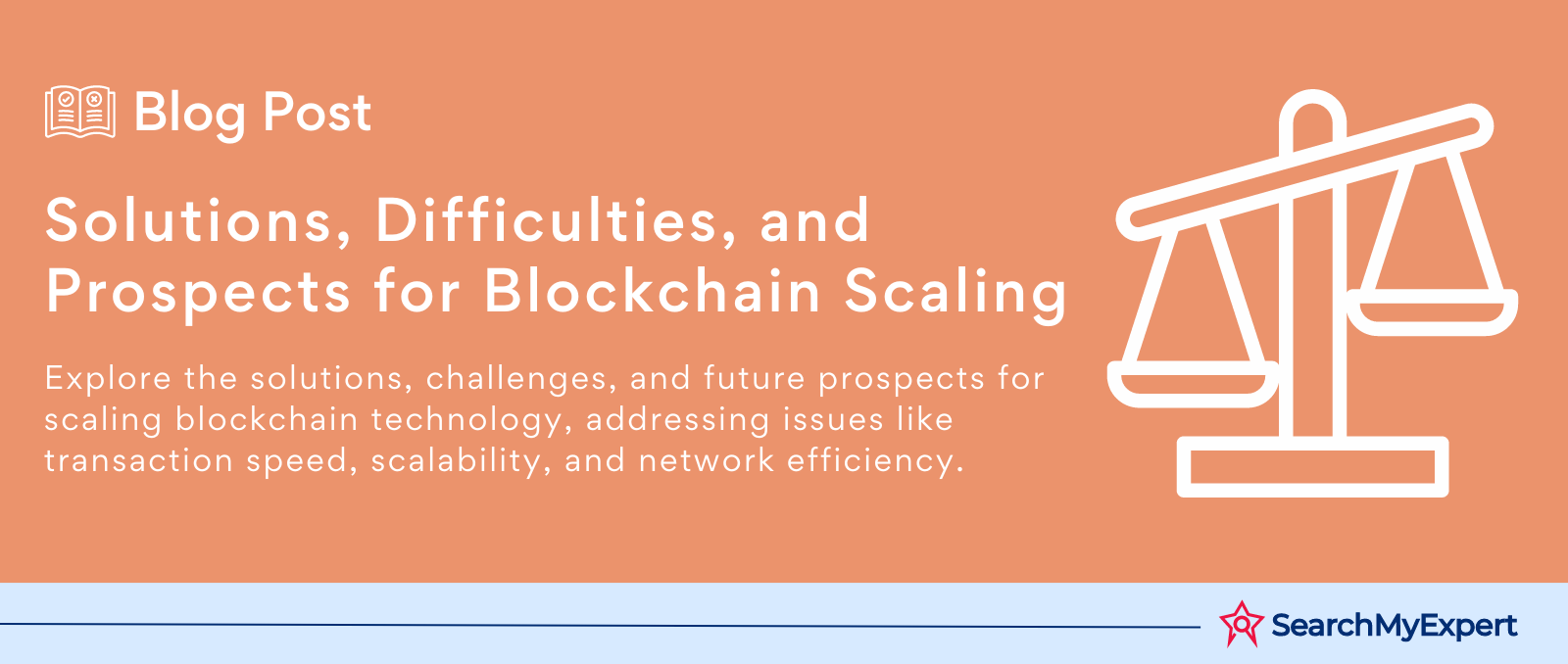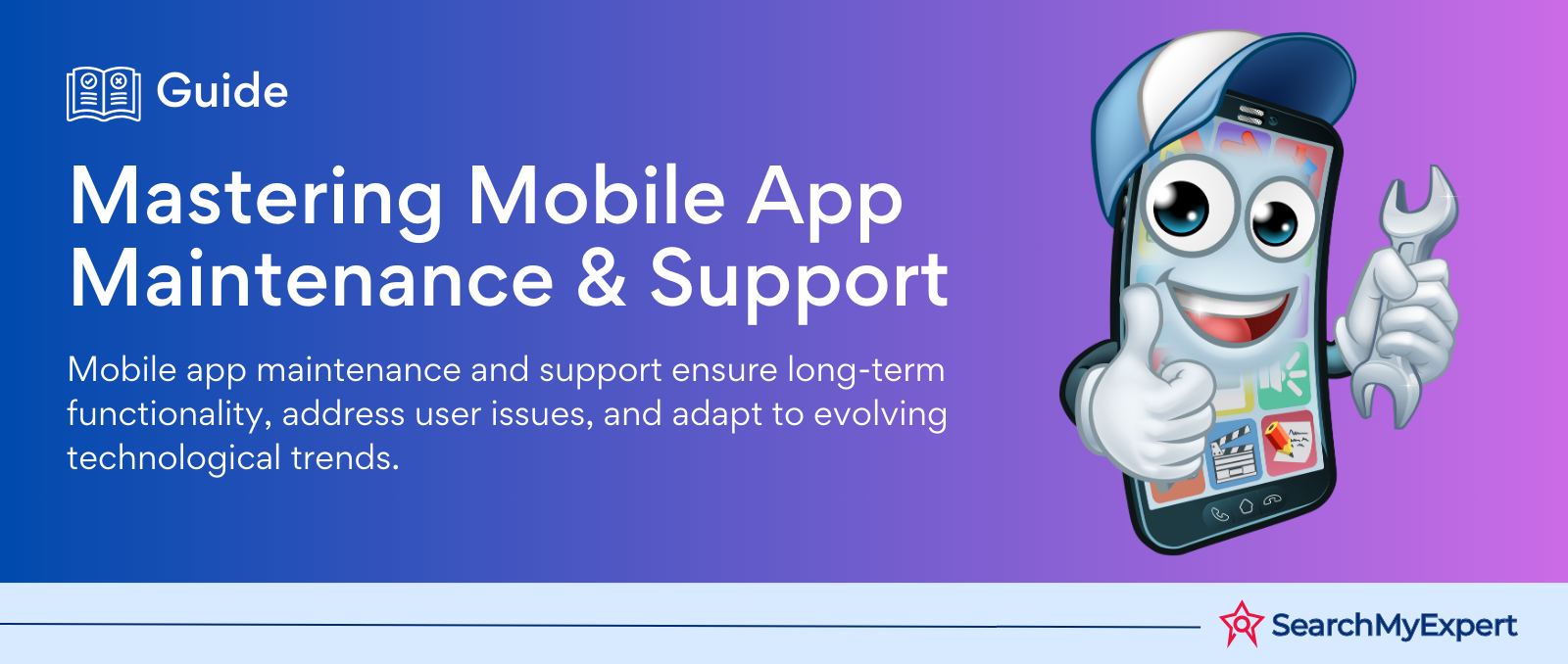Solutions, Difficulties, and Prospects for Blockchain Scaling

Scaling Blockchain Technology: Navigating Through Challenges and Innovations
The Dawn of a New Era: Unraveling Blockchain
Blockchain technology, a digital ledger of transactions, is revolutionizing how we perceive data and transactions. At its core, it's a chain of blocks, where each block contains a number of transactions. Key principles of blockchain include decentralization, immutability, and transparency. Decentralization means no single entity controls the network. Immutability ensures that once a transaction is recorded, it cannot be altered. Transparency allows anyone to view the transaction history.
Hitting the Wall: The Urgency of Scaling
Despite its promise, blockchain faces a significant hurdle: scalability. Current blockchains like Bitcoin and Ethereum can handle only a limited number of transactions per second. This bottleneck leads to slower transaction times and higher costs, impeding widespread adoption.
Exploring Horizons: Diverse Approaches to Scaling
To overcome these limitations, various scaling solutions are being explored. These include:
- Layer 1 Scaling: Enhancing the blockchain itself, like increasing block size.
- Layer 2 Scaling: Building on top of the existing blockchain, like Lightning Network for Bitcoin.
- Sharding: Dividing the blockchain into smaller, more manageable pieces.
- Sidechains: Separate blockchains linked to the main chain, enabling more transactions.
Each approach has its pros and cons, shaping the future of blockchain technology.
Understanding the Bottlenecks
Transaction Throughput: The Crux of the Challenge
Block Size and Consensus Mechanisms
Blockchain networks like Bitcoin and Ethereum are constrained by block size and consensus mechanisms. Larger block sizes can process more transactions but also require more storage and processing power. Consensus mechanisms like Proof of Work (PoW) ensure network security but limit transaction speed.
Network Latency
Network latency, the time it takes for a block to propagate through the network, further slows down transaction processing. This latency impacts the time it takes to reach consensus and finalize transactions.
The Storage Conundrum
Balancing Data Growth with Scalability
As blockchain networks grow, so does the data they must store. This growth poses a challenge to scalability, as each node in a decentralized network needs to store a copy of the entire ledger.
Decentralization Trade-Offs
Increasing storage requirements can lead to centralization, as fewer nodes can afford to store the entire blockchain. This centralization risks the fundamental principle of decentralization in blockchain.
Security Considerations
Scaling Without Compromising Security
The challenge is to scale the blockchain without undermining its security. As networks scale, they become more attractive targets for attackers. Maintaining robust security protocols is crucial to protect against these threats.
Diving into Scaling Solutions
On-Chain Scaling: Fortifying the Core
Block Size Adjustments
Adjusting the block size is a straightforward approach to scale. Larger blocks can handle more transactions, but they also require more storage and can lead to centralization.
Sharding: Dividing to Conquer
Sharding splits the blockchain into smaller, manageable segments. Each shard processes a portion of the transactions, significantly improving throughput.
Improved Consensus Algorithms
New consensus mechanisms, such as Proof of Stake (PoS), offer faster and more energy-efficient ways to validate transactions.
Off-Chain Scaling: Expanding Beyond the Blockchain
Sidechains: Parallel Processing
Sidechains run parallel to the main blockchain, handling transactions and then recording them on the main chain. They reduce the load on the primary blockchain.
State Channels: Lightning-Fast Transactions
State channels allow transactions to occur off the main chain, only settling on the blockchain at the end. This approach is fast and efficient.
Plasma Chains and Rollups: Advanced Off-Chain Solutions
Plasma chains are secondary blockchains anchored to the main chain, while rollups perform computation off-chain but store data on-chain, balancing speed and security.
Hybrid Approaches: The Best of Both Worlds
Combining on-chain and off-chain solutions can optimize blockchain performance. Hybrid models leverage the security of on-chain mechanisms with the efficiency of off-chain solutions.
Examining Specific Scaling Projects
Case Studies of Prominent Blockchain Projects
Ethereum 2.0: The Beacon of Change
Ethereum 2.0, a major upgrade to the Ethereum network, introduces Proof of Stake (PoS), sharding, and other enhancements. This upgrade aims to improve scalability, security, and sustainability.
Cardano: A New Contender
Cardano, designed with a scientific philosophy, uses a unique PoS algorithm called Ouroboros. It promises increased transaction speed and energy efficiency, setting a new standard in blockchain scalability.
Polkadot: Connecting the Dots
Polkadot stands out with its unique 'parachain' architecture. It allows multiple blockchains to connect and work together, enhancing scalability and interoperability.
Analyzing Advantages and Limitations
Ethereum 2.0
Advantages:
- Higher transaction throughput with sharding.
- Reduced energy consumption with PoS.
Limitations:
- The complex transition from Ethereum 1.0.
- Still in development, with some features yet to be released.
Cardano
Advantages:
- Designed for scalability and low transaction fees.
- Strong academic backing and peer-reviewed research.
Limitations:
- Slower development and adoption compared to competitors.
- Limited smart contract capabilities at the current stage.
Polkadot
Advantages:
- Interoperability between different blockchains.
- Scalable and customizable through parachains.
Limitations:
- Complexity in parachain development.
- Relatively new, with untested long-term resilience.
Evaluating Trade-offs and Challenges
Decentralization vs. Scalability: A Balancing Act
The Trade-Offs
Scaling solutions often face a trade-off between decentralization and scalability. Enhancements that increase scalability can, paradoxically, lead to centralization. For instance, larger block sizes may centralize nodes as fewer participants can afford the increased storage and computational power.
Weighing the Benefits and Drawbacks
The challenge is to find a balance that maintains blockchain's core ethos of decentralization while providing practical scalability.
Security Implications: Scaling Safely
Potential Vulnerabilities
Scaling introduces new potential vulnerabilities. Layer 2 solutions, while efficient, might compromise security if not properly designed.
Attack Vectors
Scaling methods can open up new attack vectors. For instance, sidechains might be less secure than the main chain, posing a risk to the overall network.
Adoption and Interoperability: Bridging the Gaps
Challenges in Integration
Integrating different scaling solutions poses significant challenges, especially in terms of interoperability between various blockchains and scaling approaches.
The Road to Widespread Adoption
Widespread adoption hinges on the ability to integrate disparate technologies seamlessly and maintain user-friendly interfaces.
Exploring Future Directions
Emerging Technologies: Paving the Way for Enhanced Scalability
Directed Acyclic Graphs (DAGs)
DAGs offer an alternative to traditional blockchains. By allowing multiple chains to coexist and intertwine, they can process transactions in parallel, significantly increasing throughput.
Blockchain Compression Techniques
Innovations in data compression techniques are essential in managing blockchain's growing data without compromising decentralization or security.
The Crucial Role of R&D
Pushing the Boundaries
Continuous research and development are vital in exploring new solutions and refining existing ones. This exploration is key to overcoming current limitations.
The Wider Impact: A Ripple Effect
Transforming the Blockchain Ecosystem
Successful scaling solutions will have profound impacts, including increased adoption, more diverse applications, and a robust, resilient blockchain infrastructure.
Shaping the Future
As blockchain scales efficiently, it paves the way for more groundbreaking innovations and broader societal impacts.
Realizing the Full Potential of Blockchain
Blockchain technology holds immense potential to revolutionize various sectors, from finance to supply chain management. However, realizing this potential hinges on successfully scaling blockchain networks. Scaling is not just a technical challenge; it's a gateway to unlocking blockchain's transformative power.
Key Takeaways
- Scalability is Crucial: Without efficient scaling, blockchains cannot support widespread, real-world applications.
- Diverse Solutions: From Layer 1 enhancements like sharding to Layer 2 innovations like state channels, the range of solutions is vast and evolving.
- Balance is Key: Maintaining a balance between decentralization, scalability, and security is essential.
- Emerging Technologies: New technologies like DAGs and blockchain compression are poised to play a significant role in future scaling efforts.
- Ongoing Evolution: Blockchain scaling is a dynamic field, with continuous advancements and improvements.
Looking Ahead: A Scalable Blockchain Future
The future of blockchain is a scalable one. As the technology matures and scaling solutions become more sophisticated, we can expect blockchain networks to become more efficient, robust, and versatile. This evolution will pave the way for broader adoption and more innovative applications, ultimately fulfilling the promise of blockchain technology.
Conclusion
Blockchain scaling is essential for harnessing the full potential of this revolutionary technology. From on-chain enhancements like sharding to off-chain solutions such as state channels, diverse methods are being explored to overcome scalability challenges. The balance between decentralization, scalability, and security is crucial. Continuous research and the integration of emerging technologies like DAGs are key to future advancements. As the blockchain landscape evolves, these scaling solutions promise to expand the technology's applicability and efficiency, paving the way for broader adoption and innovative applications across various sectors.
Enhance your data integrity with professional
Blockchain Technology Service Firms.
share this page if you liked it 😊
Other Related Blogs

Mastering Docker for App Development: A Comprehensive Guide to Benefits, Use-Cases, and Alternatives
STAY UP TO DATE
GET PATH'S LATEST
Receive bi-weekly updates from the SME, and get a heads up on upcoming events.
Contact Us











